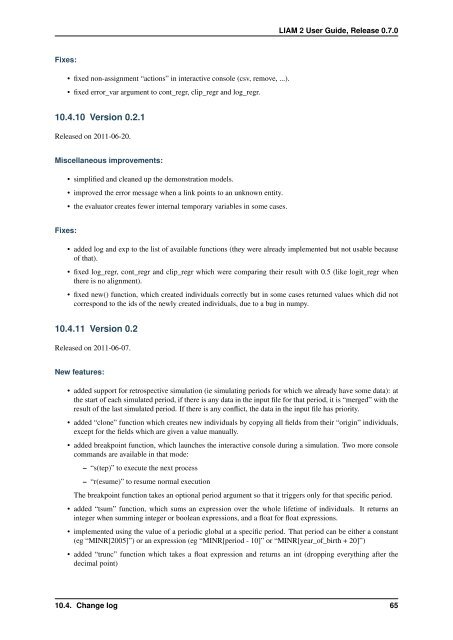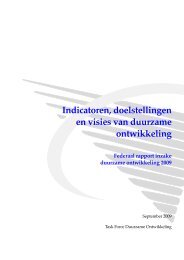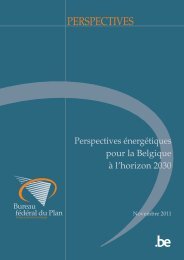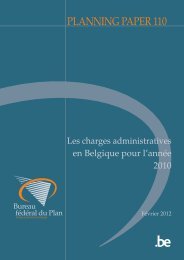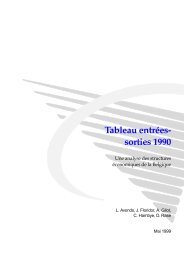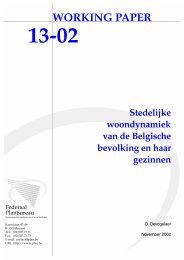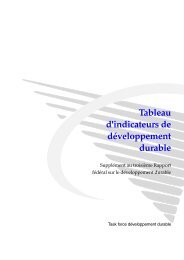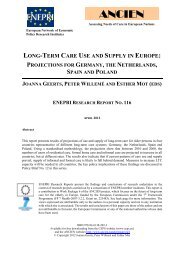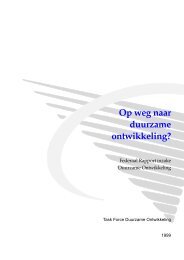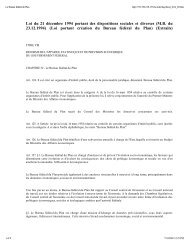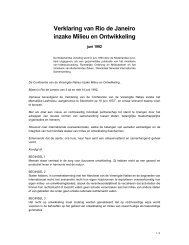LIAM 2 User Guide
LIAM 2 User Guide
LIAM 2 User Guide
Create successful ePaper yourself
Turn your PDF publications into a flip-book with our unique Google optimized e-Paper software.
<strong>LIAM</strong> 2 <strong>User</strong> <strong>Guide</strong>, Release 0.7.0Fixes:• fixed non-assignment “actions” in interactive console (csv, remove, ...).• fixed error_var argument to cont_regr, clip_regr and log_regr.10.4.10 Version 0.2.1Released on 2011-06-20.Miscellaneous improvements:• simplified and cleaned up the demonstration models.• improved the error message when a link points to an unknown entity.• the evaluator creates fewer internal temporary variables in some cases.Fixes:• added log and exp to the list of available functions (they were already implemented but not usable becauseof that).• fixed log_regr, cont_regr and clip_regr which were comparing their result with 0.5 (like logit_regr whenthere is no alignment).• fixed new() function, which created individuals correctly but in some cases returned values which did notcorrespond to the ids of the newly created individuals, due to a bug in numpy.10.4.11 Version 0.2Released on 2011-06-07.New features:• added support for retrospective simulation (ie simulating periods for which we already have some data): atthe start of each simulated period, if there is any data in the input file for that period, it is “merged” with theresult of the last simulated period. If there is any conflict, the data in the input file has priority.• added “clone” function which creates new individuals by copying all fields from their “origin” individuals,except for the fields which are given a value manually.• added breakpoint function, which launches the interactive console during a simulation. Two more consolecommands are available in that mode:– “s(tep)” to execute the next process– “r(esume)” to resume normal executionThe breakpoint function takes an optional period argument so that it triggers only for that specific period.• added “tsum” function, which sums an expression over the whole lifetime of individuals. It returns aninteger when summing integer or boolean expressions, and a float for float expressions.• implemented using the value of a periodic global at a specific period. That period can be either a constant(eg “MINR[2005]”) or an expression (eg “MINR[period - 10]” or “MINR[year_of_birth + 20]”)• added “trunc” function which takes a float expression and returns an int (dropping everything after thedecimal point)10.4. Change log 65


